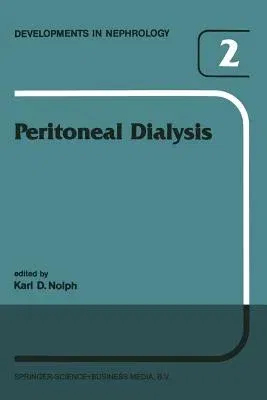Peritoneal Dialysis (Softcover Reprint of the Original 1st 1981)Paperback - Softcover Reprint of the Original 1st 1981, 21 April 2014

Qty
1
Turbo
Ships in 2 - 3 days
In Stock
Free Delivery
Cash on Delivery
15 Days
Free Returns
Secure Checkout
Part of Series
Developments in Nephrology
Print Length
393 pages
Language
English
Publisher
Springer
Date Published
21 Apr 2014
ISBN-10
9401725659
ISBN-13
9789401725651
Description
Product Details
Book Edition:
Softcover Reprint of the Original 1st 1981
Book Format:
Paperback
Country of Origin:
NL
Date Published:
21 April 2014
Dimensions:
23.39 x
15.6 x
2.13 cm
ISBN-10:
9401725659
ISBN-13:
9789401725651
Language:
English
Location:
Dordrecht
Pages:
393
Publisher:
Series:
Weight:
576.06 gm

